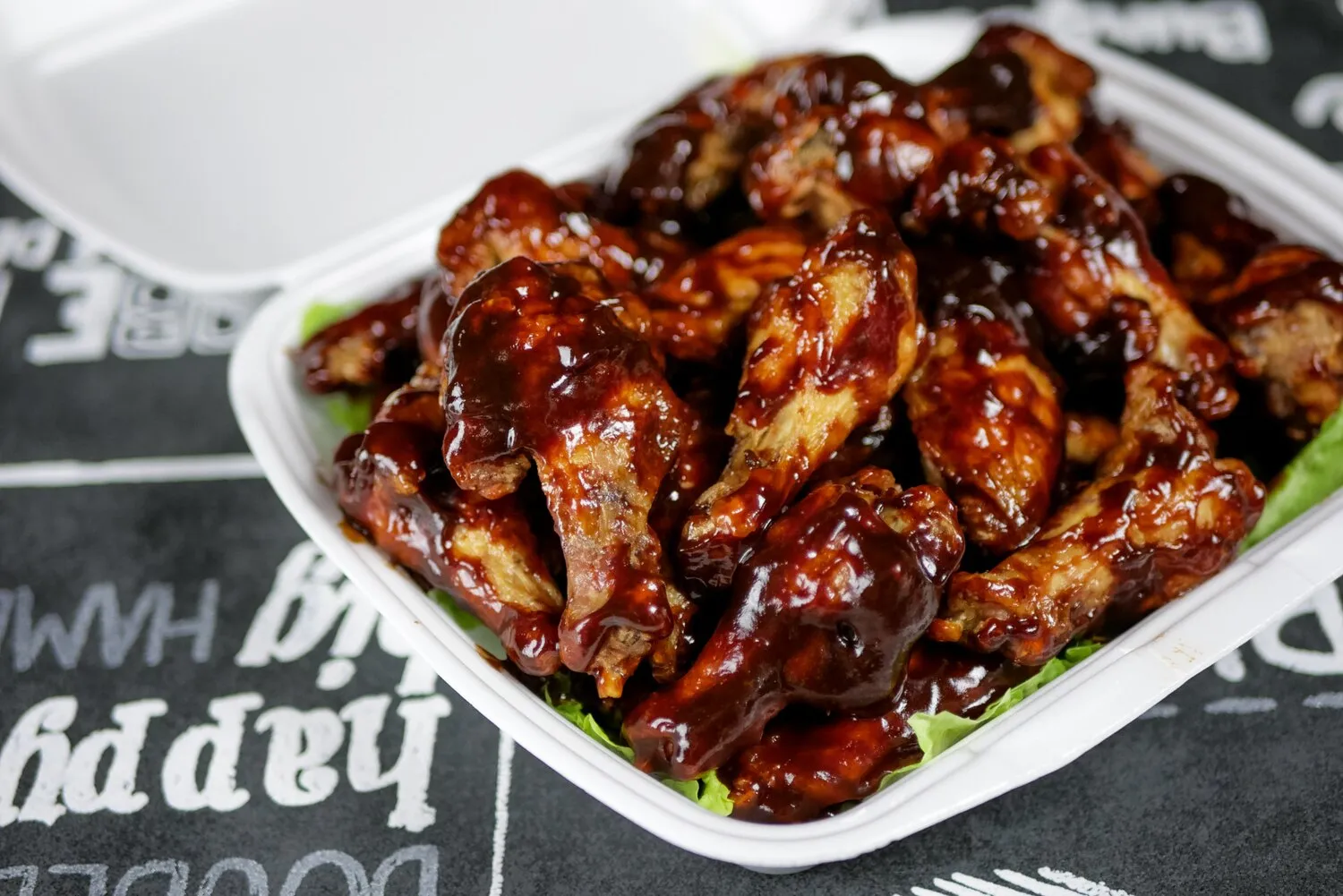
Gnocco Fritto e Salumi
Fried dough pillows served with a selection of local cured meats.
Nutrition Facts
* The % Daily Value (DV) tells you how much a nutrient in a serving of food contributes to a daily diet. 2,000 calories a day is used for general nutrition advice.
Gnocco Fritto, originating from the Emilia-Romagna region of Italy, has roots that stretch back centuries, potentially to the Lombard invasions when new cooking methods like frying in lard were introduced. The dish evolved as a simple, peasant food utilizing readily available ingredients like flour, water, and lard. Its popularity grew over time, becoming a staple appetizer or light meal throughout the region and beyond, often paired with the locally produced cured meats (salumi).
Gnocco Fritto e Salumi is deeply embedded in the culinary culture of Emilia-Romagna, representing a tradition of simple, rustic foods made with local ingredients. It is a convivial dish, meant to be shared with family and friends, often as part of an aperitivo or as a starter before a larger meal.
Regional Variation
While the core concept remains the same, the specific types of salumi served with gnocco fritto can vary significantly from town to town, reflecting the unique regional specialties of Emilia-Romagna.
Celebratory Dish
Gnocco Fritto e Salumi is often served during celebrations and special occasions, highlighting its importance as a dish meant to be enjoyed communally.
Aperitivo Culture
This dish is heavily associated with the Italian aperitivo culture, a pre-dinner tradition of enjoying drinks and snacks to stimulate the appetite.
Gnocco Fritto offers a delightful contrast of textures and tastes. The lightly fried dough is savory and slightly salty, while the accompanying salumi provides a rich, fatty, and intensely flavorful counterpoint.
The gnocco fritto itself is characterized by its light and airy texture, achieved through deep-frying. It should be crispy on the outside and soft on the inside. The flavor is subtly yeasty and savory. The salumi selection varies regionally but typically includes Prosciutto di Parma (salty, sweet, and delicate), Mortadella (smooth, rich, and studded with pistachios), Salame (spicy, savory, and varied textures), and Coppa (marbled, flavorful, and slightly spicy). The combination creates a balanced experience between the neutral dough and the intensely flavorful meats, often served with creamy cheeses as well.
Serving Temperature
Gnocco Fritto is best served warm, immediately after frying. The salumi should be served at room temperature to allow the flavors to fully develop.
Oil Temperature
The oil temperature is crucial for achieving the right texture. If the oil is not hot enough, the gnocco fritto will absorb too much oil and become soggy. If the oil is too hot, the gnocco fritto will burn on the outside before cooking through.
Quality of Ingredients
The quality of the salumi makes a significant difference. Opt for artisanal, locally sourced products whenever possible.
Accompaniments
While traditionally served with salumi, you can also pair gnocco fritto with soft cheeses such as stracchino or squacquerone, or with pickled vegetables.
Explore additional Appetizers dishes and restaurants
Explore AppetizersDiscover top dining spots and culinary experiences in Modena.
Explore ModenaLearn more about the food culture, restaurant scene, and culinary heritage of Italy.
Explore Italy